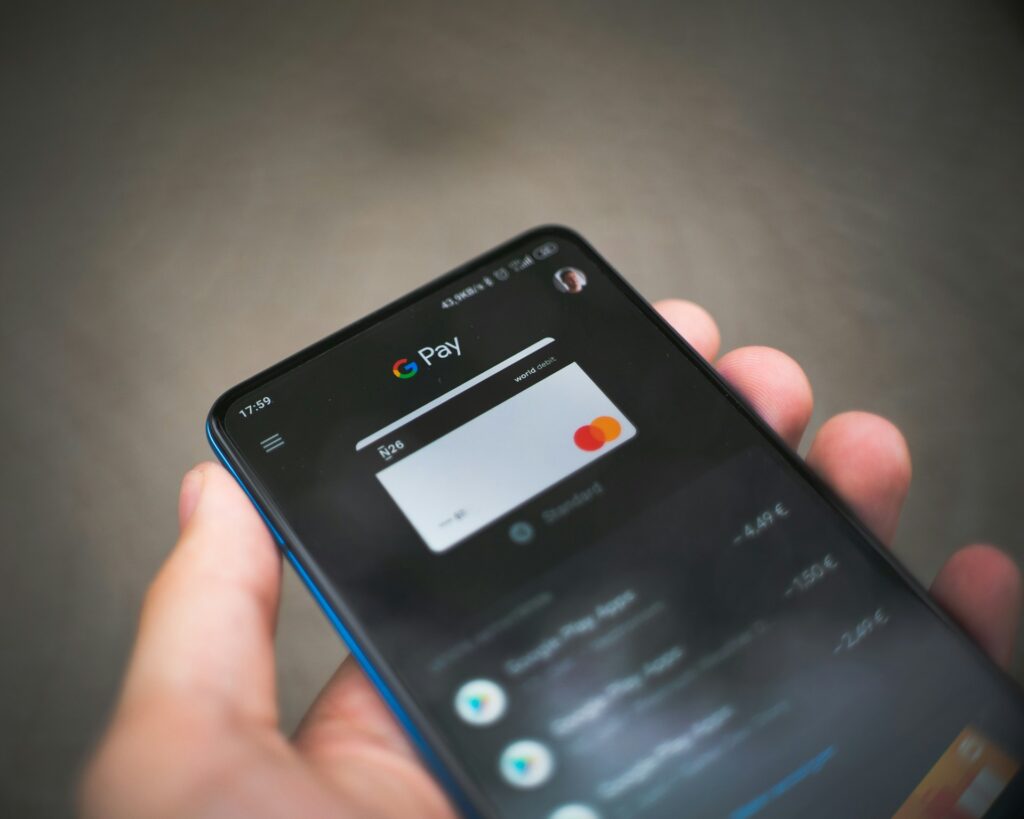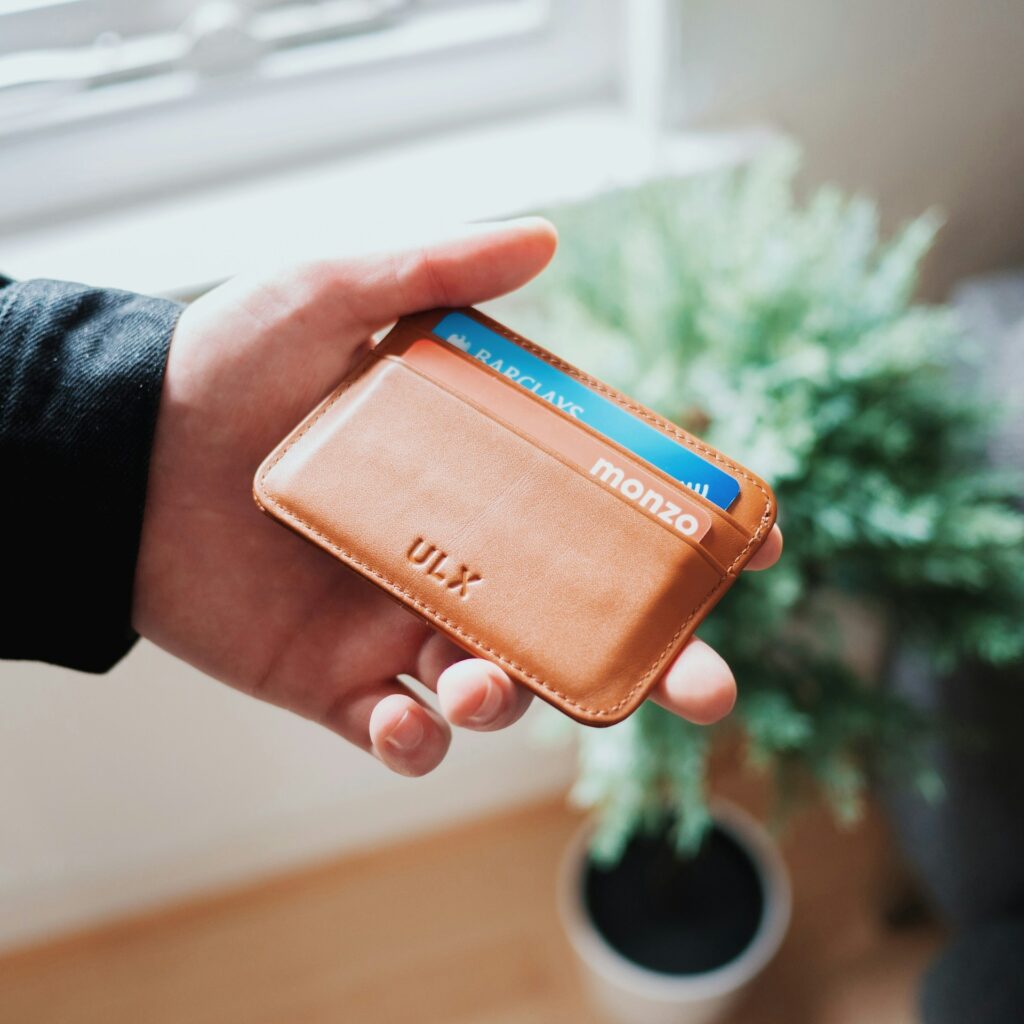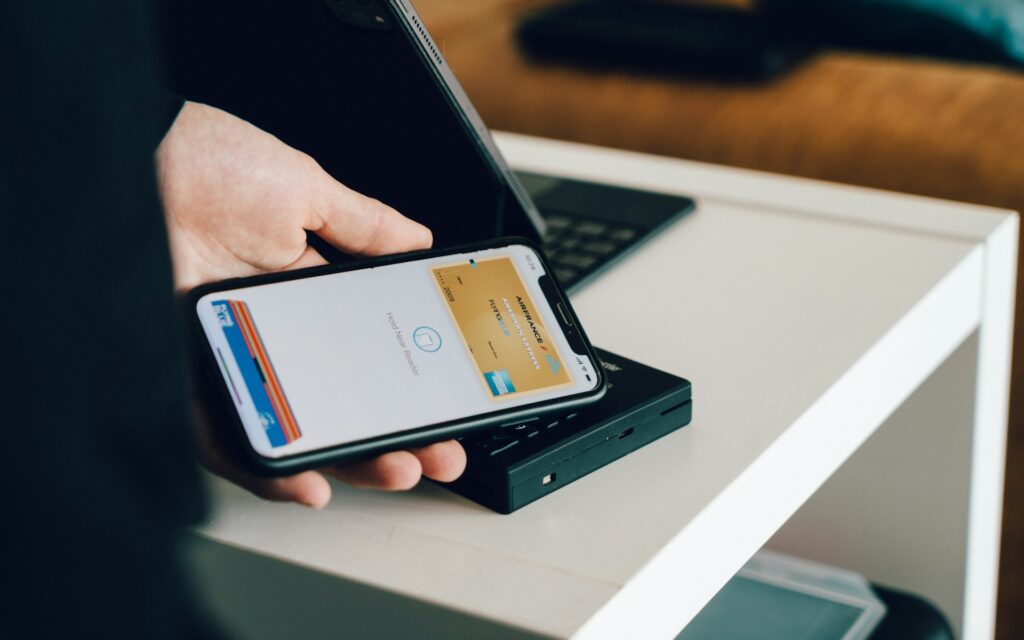We’ve all heard the horror stories. In fact, we’ve all pondered their possibility whilst travelling on a particularly busy tube or packed out bus. That is, a would-be pickpocket might be moments away from taking a dinky little portable card machine, placing it somewhere near our back pocket, and draining our Monzo account of all its £8 and 99p before we alight at Cockfosters.
Where once you might expect someone to slip their hand in your pocket or, at least, distract you with a comically massive outstretched map, nowadays theft is a much more sophisticated affair. One such method is through so-called skimming – a type of electronic pickpocketing that can happen without you even realising which has grown in prominence as the use of Radio Frequency Identification (RFID) becomes more mainstream.
Understanding RFID Technology
RFID technology is widely used for tracking and identification purposes in various sectors, from retail inventory systems to pet and passport chips. However, it’s also commonly found in credit cards and debit cards as a way to facilitate contactless payments. This feature allows users to tap their card on a POS terminal to make a payment, facilitating the transaction.
However, this convenience comes at a cost. RFID-enabled cards can transmit your financial details wirelessly over short distances. Typically, RFID signals can be picked up from several feet away with the right equipment – equipment that is increasingly easy for thieves to obtain and operate.

The Risk Of RFID Skimming
The primary risk associated with RFID technology in consumer products, like credit and debit cards, is unauthorised skimming. Skimmers equipped with RFID readers can stealthily scan wallets and purses from a distance, capturing data from RFID-enabled cards. The thief can then replicate your card details onto another card or use them for online purchases, all without the original card ever leaving your possession.
How To Protect Yourself From RFID
Thankfully, there are several effective steps you can take to protect yourself from RFID skimming:
Use Secure Wallet Solutions
Invest in a specifically designed anti-RFID wallet or cardholder that blocks RFID signals. Here are some key features to look for:
- Material: Ensure the wallet is made from materials like aluminium (you could alternatively just wrap your wallet in aluminium foil!), carbon fibre, or specially designed RFID-blocking fabrics that can effectively block RFID signals.
- Design: Choose a wallet that fully encloses your cards. Some wallets have open slots that may not provide complete protection.
- Capacity: Select a wallet that fits your needs in terms of the number of cards and other items you carry. Overstuffed wallets can sometimes compromise the effectiveness of RFID blocking.
- Brand Reputation: Opt for reputable brands like Secrid, Ridge, or Ekster, which are known for their quality and effectiveness in RFID protection.

Use RFID Blocking Sleeves
If you prefer to keep your current wallet, consider using RFID blocking sleeves for individual cards. These sleeves are typically made from materials that block RFID signals and can be a cost-effective solution.
- Ease of Use: Ensure the sleeves are easy to insert and remove from your wallet.
- Durability: Look for sleeves that are durable and won’t wear out quickly with regular use.
Be Conscious of Your Surroundings
While RFID skimming can happen without physical contact, being aware of your environment can still help mitigate risks:
- Crowded Areas: Be extra vigilant in crowded places like markets, public transportation, or festivals where skimmers can operate more freely.
- Proximity Awareness: Be cautious of people standing unusually close to you, especially if they are holding devices that could potentially be RFID readers.

Disable RFID Functionality
Some cards allow you to disable the RFID functionality. Contact your card issuer to see if this is an option for your cards. Alternatively, you can request non-RFID enabled cards if you don’t frequently use contactless payments.
Use RFID Blocking Cards
RFID blocking cards are another effective solution. These cards emit a scrambling signal that prevents RFID readers from accessing your card information.
- Placement: Place the blocking card next to your RFID-enabled cards in your wallet for optimal protection.
- Effectiveness: Ensure the blocking card is from a reputable manufacturer and has been tested for effectiveness – many debate whether they’re actually necessary.
Regularly Update Your Cards
Technology evolves, and so do security measures. Regularly updating your cards can ensure you benefit from the latest security features.
- Newer Cards: Newer cards often come with enhanced security features, including better encryption and more secure RFID technology.
- Bank Policies: Stay informed about your bank’s policies and updates regarding card security.
Secure Online Usage
While this tip is more general, it’s still crucial in the context of protecting your financial information:
- VPNs: Use a Virtual Private Network (VPN) when accessing the internet on public Wi-Fi to encrypt your data.
- Secure Websites: Ensure the websites you use for transactions are secure (look for “https” in the URL).
Read: 10 essential cyber security tips for travellers

Monitor Your Financial Accounts
Regularly monitoring your bank statements and transaction history can help you quickly identify and address any unauthorised activity.
- Bank Alerts: Set up alerts for transactions over a certain amount or for any online purchases.
- Mobile Apps: Use your bank’s mobile app to frequently check your account activity and report any suspicious transactions immediately.
Use A Faraday Cage
A Faraday cage is an enclosure used to block electromagnetic fields. You can purchase small Faraday pouches or bags designed to hold your wallet or individual cards.
- Effectiveness: These pouches are highly effective at blocking all types of RFID signals.
- Portability: They are portable and can be easily carried in your bag or pocket.
By implementing these detailed and specific measures, you can significantly reduce the risk of falling victim to RFID skimming and protect your financial information more effectively.
The Bottom Line
While the conveniences of modern technology can offer numerous benefits, they can also bring new challenges in terms of security – particularly financial security against digital theft like RFID skimming. By understanding these risks and taking proactive measures, you can protect yourself from becoming a victim of digital theft.
It is essential to stay informed about the latest advancements in digital safety technologies and keep adapting our security measures accordingly. Remember, prevention is always better than cure when it comes to safeguarding your personal information against potential digital threats.
*The efficacy of RFID blocking technology is strongly contested. While many products claim to offer protection against RFID skimming, the actual effectiveness can vary. It is important to conduct your own research and consider multiple security measures to protect your financial information.*





